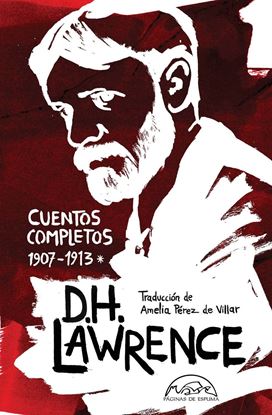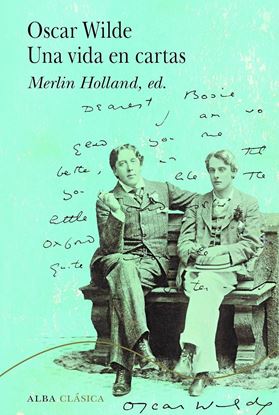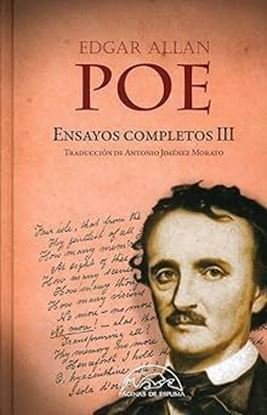

TODO PARADISO
Era y es Paradiso una verdadera meditación sobre el génesis del hombre, sobre el génesis mismo.María ZambranoLeo Paradiso poco a poco con creciente asombro y deslumbramiento. Un edificio verbal de riqueza increíble, mejor dicho, no un edificio sino un mundo de arquitecturas en continúa metamorfosis.Octavio Paz[] la excitación, el deslumbramiento, la perpleja admiración que deja en el lector esta expedición por ese gigantesco e insólito Paradiso, concebido por un gran creador y propuesto a sus contemporáneos como territorio de goces infinitos.Mario Vargas Llosa[] Lezama Lima, intercesor de oscuras operaciones de ese espíritu que precede al intelecto, de esas zonas que gozan sin comprender, del tacto que oye, del labio que ve, de la piel que sabe de las flautas a la hora pánica y del terror en las encrucijadas con luna llena.Julio CortázarJuntos por primera vez en cualquier lengua, aquí están los XXIV capítulos revisados de la inconclusa Paradiso-Oppiano Licario, la novela órfica de uno de los escritores canónicos del siglo XX. Las crónicas de La Habana del poeta, ensayista y narrador José Lezama Lima (1910-1976) fueron el libro inaugural de Verbum en 1990. A ellas Verbum suma hoy numerosos volúmenes de su bibliografía directa e indirecta.
1,995
1,596
A FUEGO Y ESPADA (NAPOLEON 3)
A finales de 1804, Napoleón y Wellington intentan cada uno de distinta forma de escapar de sus respectivas mujeres (Josefina y Kitty Pakenham respectivamente) y, curiosamente, ambos dirigen su mirada a la península Ibérica: Napoleón con el objetivo de poner a uno de sus hermanos al frente de un país en el que la política y la religión se han convertido en grandes campos de batalla entre aristocracia, clero y pueblo llano; Wellington, con la intención de huir del politiqueo de baja estofa que se ha adueñado de Londres y con el deseo de eclipsar la aureola que rodea al héroe del momento, el capitán Nelson.
Simon Scarrow ha puesto en pie uno de los ciclos históricos más apasionantes jamás escritos, entre cuyas virtudes se cuenta el ofrecernos una visión más clarificadora y exacta de las guerras napoleónicas que muchos tratados de historia.
1,995
1,596
CUENTOS COMPLETOS (1) (1907-1913)
Por obras tan rotundas como El amante de Lady Chatterley o El arco iris, David Herbert Lawrence (1885-1930) no solo pasó a la historia de la literatura, sino que lo hizo como un provocador e incómodo crítico de la sociedad, pero también –y en ocasiones de forma injusta– como un autor erótico, decididamente obsceno al que había que leer a escondidas.
El conjunto de su narrativa breve, sin embargo, viene a demostrar que la literatura de Lawrence podía ser tan compleja y variada como lo fue su autor –poliédrico, dinámico, puro instinto, arrebato y pasión–, y despertar la admiración de autores como Ezra Pound, Ford Maddox Ford, E. M. Foster, Anthony Burgess o Aldous Huxley.
1,995
1,596
OSCAR WILDE. UNA VIDA EN CARTAS (TD)
Este volumen ofrece una selección explicada y cronológicamente ordenada de las cartas de Oscar Wilde realizada por Merlin Holland, nieto suyo y especialista en su obra, de manera que componen la autobiografía que él nunca escribió. Todo Wilde está aquí. Oscar Wilde. Una vida en cartas es la crónica espléndida de una mudanza terrible, y un auténtico espejo de la vida y la literatura de uno de los genios del siglo XIX.
1,995
1,596
ALINE Y VALCOUR, O LA NOVELA FILOSOFICA
Respondiendo al espíritu enciclopédico y totalizante que caracteriza toda la escritura del marqués de Sade, en sintonía con el siglo al que pertenece, Aline y Valcour no solo pretende ser la novela filosófica, sino que se construye como una auténtica macronovela o compendio narrativo que abarca los principales géneros narrativos y registros de escritura del siglo XVIII: todo ello utilizando como soporte el género epistolar.
1,995
1,596
ENSAYOS COMPLETOS III
Más de siglo y medio después de la muerte de Edgar Allan Poe (18091849), celebramos la publicación de los Ensayos completos de uno de los mayores cuentistas y, en general, uno de los más importantes escritores de la historia. Lejos de ser la persona atormentada y melancólica que en ocasiones se nos ha presentado, esta edición muestra a un Poe comprometido con la literatura y la estética, así como con la crítica literaria de la obra de sus contemporáneos.
En este tercer volumen –traducido por Antonio Jiménez Morato– continúa trazando una valiosa cartografía de la literatura norteamericana a través de libros y autores destacados en su época que recorre en lúcidos artículos y reseñas.
1,995
1,596














